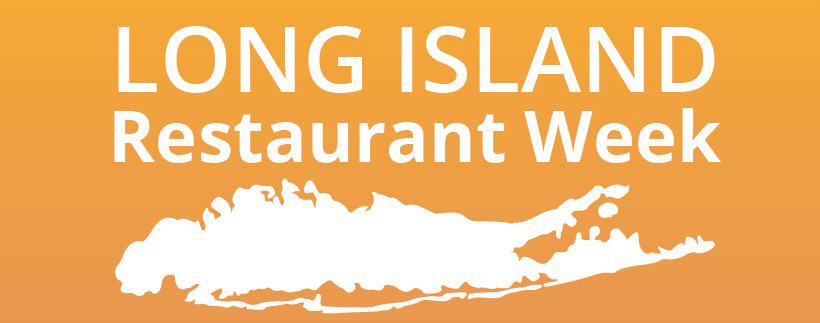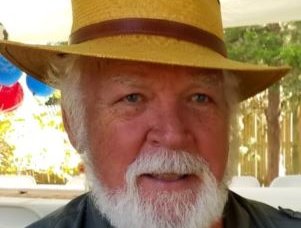New COVID-19 Testing Location Website


New York has rapidly expanded its testing capacity, doubling the goal, from 1000 tests a day February 29 to 40,000 May 17. And now, there’s a new website to find a test near you.
Residents can visit www.coronavirus.health.ny.gov/covid-19-testing to see the over 700 testing sites, Governor Andrew Cuomo said during his daily press briefing May 17.
A new agreement with CVS Pharmacy brings testing to more than 60 of the company’s locations across the state, each able to conduct 50 or more tests per day.
“We have more sites and testing capacity than we’re using,” Cuomo said Sunday. “That’s a good thing. The more tests, the better for the state, the better for society, the better for your family, the better for you.”
Any individual who thinks he or she has a COVID-19 symptom — like a cough, fever, difficulty breathing, loss of smell or taste — or has been in contact with a person known to have tested positive can get a test.
“If you have any symptom, get a test,” Cuomo said. “It’s up to you to act responsibly.”
The governor announced anyone who would return to work in Phase 1 of his reopening plan can now also receive diagnostic testing.
Per capita, New York is doing significantly more testing than any country in the world. A chart displaying the percentage of testing by populations shows the state at 7.1 percent, compared to 3.3 percent nationally. Italy is testing 4.9 percent of the population, Canada 3.4 percent, the United Kingdom 2.6, and South Korea 1.4. Compared to other states in the nation, Washington is testing 3.5 percent of the population, California 2.9, Florida and Georgia 2.8, and Kentucky 2.7.
“It’s not raw numbers, because we’re bigger than many states, but by percentage, we’re much, much higher,” Cuomo said. “This is a very big advantage for us because testing was originally used to control the virus, and now testing is going to be really helpful in monitoring the virus. We’re all talking about what the spread of the virus will be when you increase economic activity. Well, how do you know what the spread of the virus is? Testing. Testing. Testing.”
The governor, admitting his own fears of going to the doctor, getting tests done, and awaiting results, wanted New Yorkers to know the process is quick and painless.
“Some people just don’t like to go to the doctor and don’t like to get testes,” he said. “There’s a reluctance to go to the doctor’s office.”
During his broadcast, Cuomo demonstrated how fast the test really is. Doctor Elizabeth Dufort — a pediatric infectious disease specialist in Albany — in the appropriate personal protective equipment, asked Cuomo to keep is head up and close his eyes for comfort, because the test can make you tear up, while she stuck a swab up his left nostril, finishing the test in seconds.

COVID-19 Health Crisis Also A Mental Health Crisis
While intubations, COVID-19 hospitalizations, and deaths are down, the governor said it’s interesting to see how the decline has been relatively flat. Deaths have dropped from 195 May 11 to 139 May 16.
“Look how long it takes on the way down compared to on the way up,” he said, pointing to a chart that showed the gross new novel coronavirus hospitalizations over a three-day rolling average from March 20 to May 16.
On day 78 of dealing with the national crisis, the governor noted the mental toll COVID-19 has taken, which he believes doesn’t get talked about enough.
“With the trauma we’ve gone through, you could say 78 days is a long time,” Cuomo said. “We’ve been so anxious about the day-to-day. Don’t underestimate the trauma that this has created for people — out of the blue comes this virus, something we’ve never seen before; you’re living a science fiction movie. It’s been incredibly anxiety-producing, traumatic, disturbing. We’ve felt all along and seen evidence that this is creating a mental health crisis.”
According to a study he cited by San Diego State University and Florida State University, which ran in TIME magazine, the share of Americans reporting serious mental distress was reported to be 38 percent from those 18 to 29 years old, 37 percent from those 30 to 44, and 25 percent from those 45 to 59.
“It doesn’t even discriminate by age,” Cuomo said. “It’s a multiple of what it’s ever been.”
He urges people to ask each other not just how are you, but “How are you really?”
“‘How are you doing?’ It’s almost a rhetorical question — a throwaway,” Cuomo said. “‘How are you really?’ means let’s get to a different depth in the question and a different depth in the answer.”
The Mental Health Coalition has launched a website www.howareyoureally.org, along with the hashtag #HowAreYouReallyChallenge to get people to discuss and open up about the challenges they’re facing.
“You can’t be fine. It’s not a trite answer. We’re going through hell,” Cuomo said. “How are you when you’re going through hell? You’re not good. I’m anxious. I’m stressed. I’m nervous. I’m afraid. We’re not comfortable talking about that. That’s not the normal social back-and-forth . . . This is nothing to be ashamed of ever in life, but especially now.”
The state has a support hotline — 1-844-863-9314 — which the governor said has seen tremendous response. Additional mental health resources are available www.headspace.com/ny.

Deciding Whether To Open Summer Camps
With the new Kawasaki disease-like inflammatory illness reported in children the state is still deciding whether camps will open this summer.
“We’re coming up with guidelines,” New York Budget Director Robert Mujica said. “With the new cases that were arising with children we’re relooking at those guidelines. Other states around us were also moving to open summer camps — they’ve also slowed down that process. We do have guidelines for childcare, but as far as camps, like sleepaway, how you do that in the context of new cases? We’re relooking at it.”
He said a decision will be released before summer camps are scheduled open — generally around the end of June.
“This issue . . . I think is very important,” Cuomo said, citing the 120 cases being investigated in New York. “I don’t believe it’s only 120 children. I believe this is a syndrome we are just discovering. We were told children were not affected, and we’ve been operating under that assumption. This is tricky because the facts change.”
This issue could influence the potential of school buildings remaining closed in the fall.



